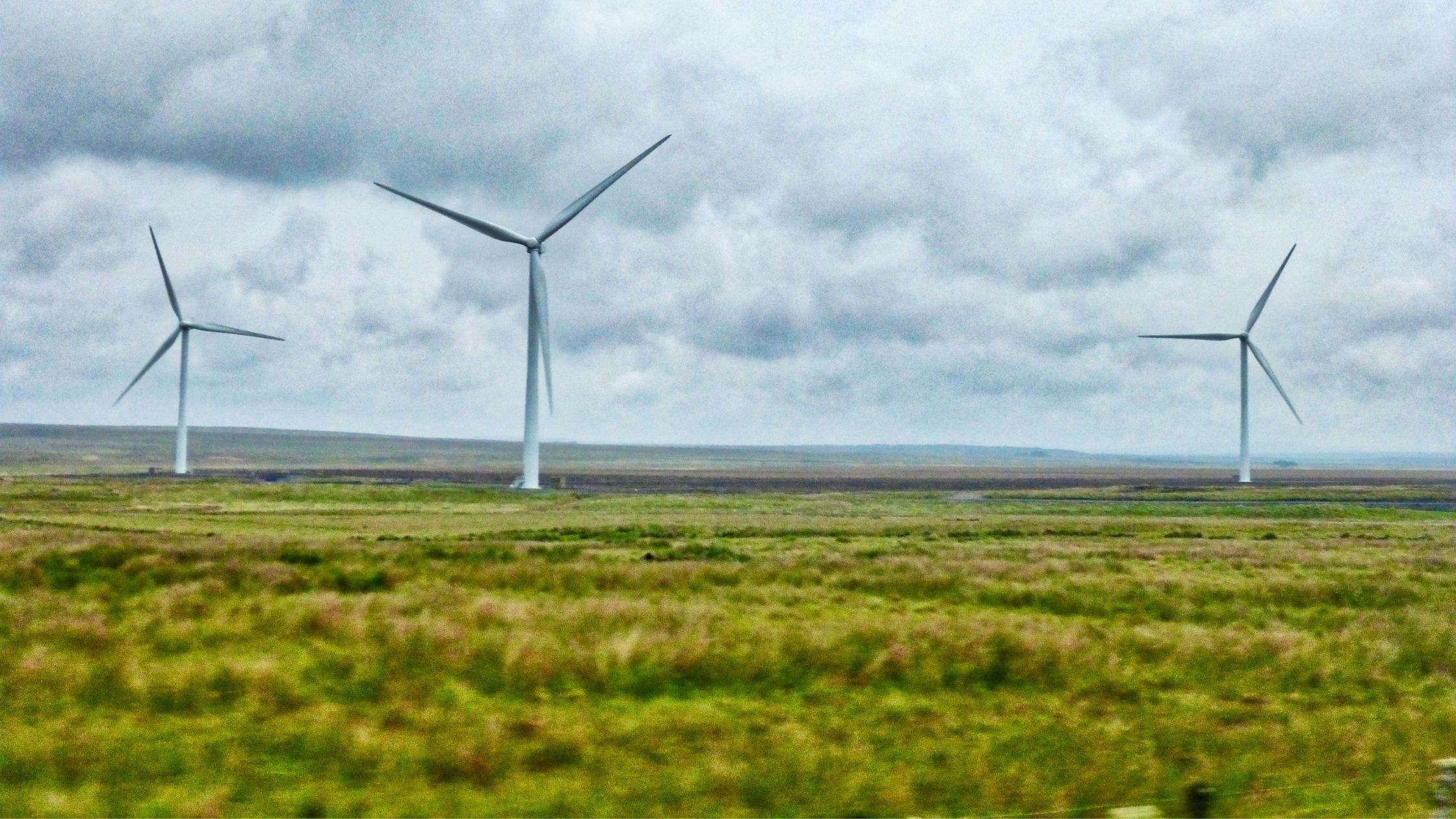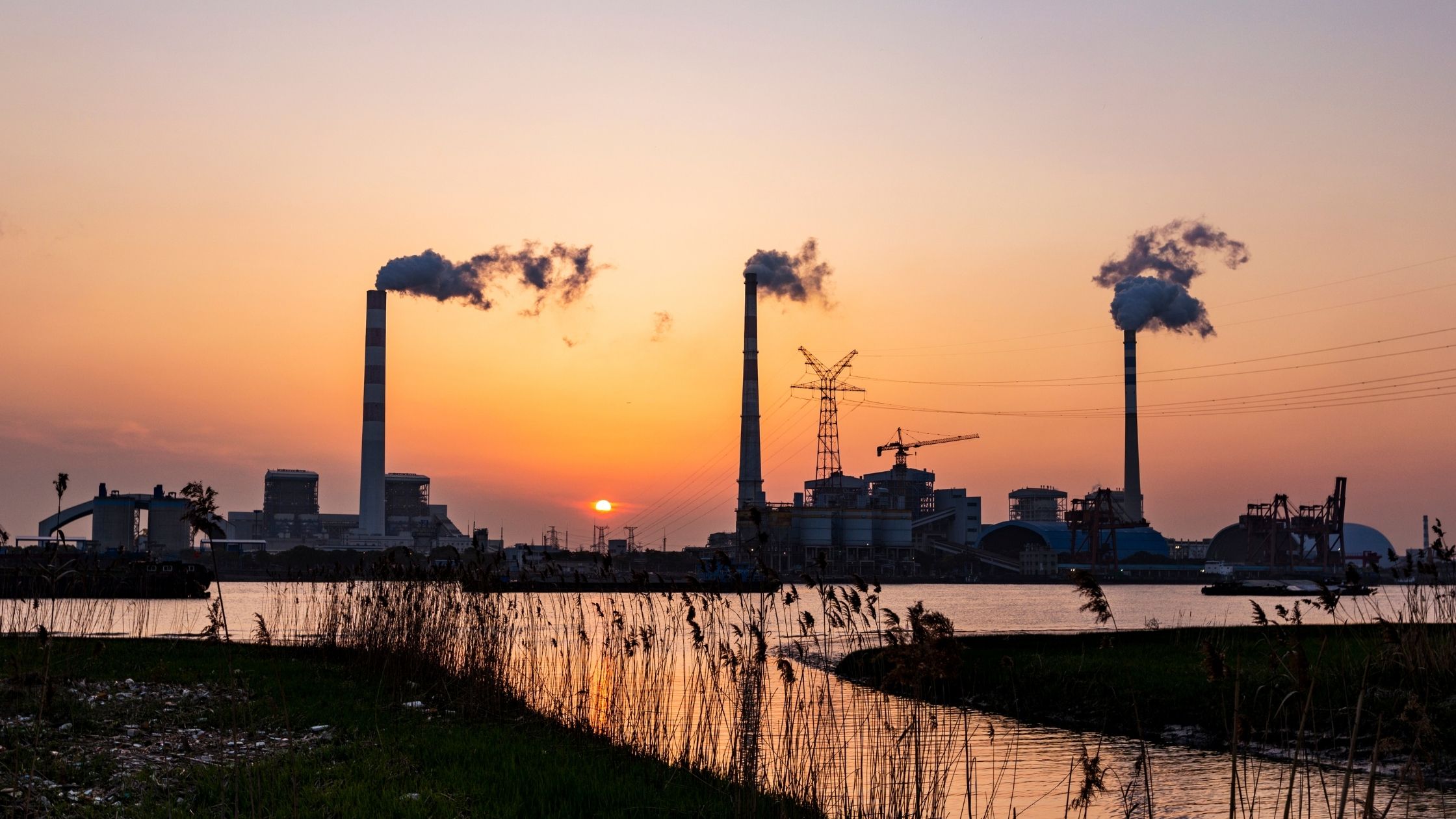
Will we have enough batteries to satisfy demand from five Earths by 2025?
What’s happening? The growing number of battery factories being constructed globally will soon outstrip demand for lithium-ion cells, according to a report by BloombergNEF (BNEF). With automakers electrifying fleets and utilities adding big batteries to stabilise power grids, demand is currently rising rapidly. However, the number of new factories planned will lead to a significant oversupply for the remainder of the decade. Further, the battery industry is forecast to produce over five times as many cells as the world needs by the end of 2025. While this is advantageous for automakers and electric vehicle (EV) buyers, it poses challenges for firms entering the battery industry. (Bloomberg)
Why does this matter? Separate research by BNEF published in April has estimated that lithium-ion battery demand reached 950 GWh for EVs and stationary storage combined in 2023. However, manufacturing capacity at the global scale was more than double requirements – coming in at around 2,600 GWh, with China’s battery production alone enough to meet the world’s needs.
Global glut – BNEF’s latest report suggests that China’s battery manufacturing capacity will outpace annual demand by at least 400% for the remainder of the decade. It is also a pressing issue in the US, where President Biden has prioritised the development of a domestic battery supply chain, with his administration making efforts to attract manufacturers, including a conditional $9.2bn loan to Ford for the construction of three battery factories. Europe faces a similar situation with excess capacity. For instance, Sweden’s Northvolt is building a plant in Germany, where the Economy Minister is already lobbying for another.
Shifting trends – As a result of this glut in capacity, some of the factories in the pipeline may be delayed or get cancelled altogether. There are also changing trends for battery types. For example, BNEF found that lithium iron phosphate (LFP) batteries are becoming increasingly popular for EVs, especially among Chinese automakers. These batteries use cheaper materials than standard lithium-ion cells that contain nickel, manganese and cobalt. Therefore, the demand for these metals could be significantly reduced, with BNEF having already cut its forecast for nickel usage in batteries next year by 25%.
Price squeeze – The oversupply of battery production is also leading to falling prices and squeezed margins. BNEF points out that in 2023, average prices of battery packs slipped by 14%, with China’s CATL claiming that it expects to sell battery cells for under $60 per kWh this year. Meanwhile, average capacity utilisation will continue to drop, having already declined last year. Battery prices are also converging across sectors as manufacturers seek new markets. For instance, the gap between commercial vehicle battery costs and those going into passenger cars is closing due to increased buyer power, which is beneficial for electric truck manufacturers.
Stiff competition – Lower battery prices will make it harder for new entrants to compete, even with backing from the US Inflation Reduction Act and other measures. Constructing a factory is only the start – production presents challenges such as reducing high initial scrappage rates. Even battery makers receiving substantial support in the US and Europe could still be undermined by their Chinese rivals. Market leaders, including China’s BYD and CATL, are not complacent – they are investing billions in R&D, continuously launching new products, and operating more like agile start-ups than established corporations.
EV sales hit the brakes – Compounding the issue is that there has been a recent slowdown in EV sales, with BNEF reducing its sales forecast by 6.7 million vehicles through 2026. Ford, General Motors, Volkswagen and Tesla have all trimmed their targets in the past few months. Belgium-based Umicore, one of the world’s largest manufacturers of materials used in cathodes for EV batteries, also pointed to the downturn as it cut its profit forecast, expecting that “2024 volumes for its battery materials could be equal or slightly lower than last year”.


